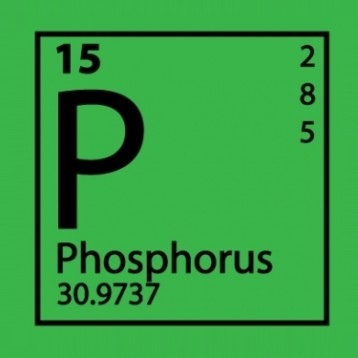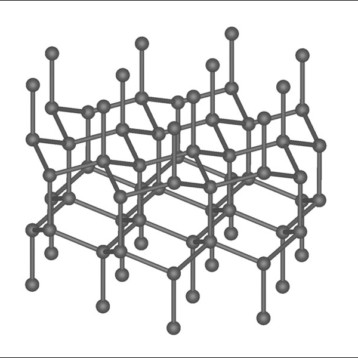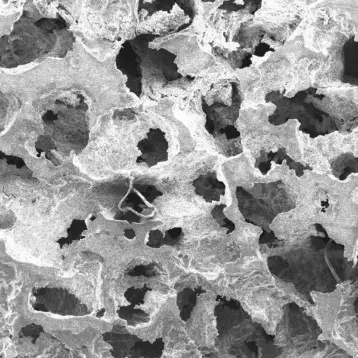A group of researchers led by Peidong Yang, a professor of chemistry at the University of California, Berkeley, have recently created nanoscale particles that can self-assemble into various optical devices. These include photonic crystals, metamaterials, color changing paints, components for optical computers and ultrasensitive chemical sensors, among many other potential applications. The new technology works by controlling how densely the tiny silver particles assemble themselves.
 |
Professor Peidong Yang
(Credit: University of
California, Berkeley) |
|
The nanoparticles have been used to increase the sensitivity of arsenic detection by an order of magnitude. Researchers also made a very robust kind of photonic crystal called a plasmonic crystal. While similar to photonic crystals, these new structures are better. Photonic crystals allow some wavelengths of light to pass while filtering out others and are used commercially to coat lenses and mirrors and in optical fibers; they could also be used in optical computers.
The plasmonic crystal structures are made up of nanoparticles which are simply placed in a test tube filled with water and allowed to pack together as the water evaporates. The simplicity of the process is important, since most nanostructured materials are made using lithography, which makes them hard to manufacture cheaply and on a large scale. In contrast, Yang’s particles are grown in solution. While most self-assembled structures are made up of relatively small particles, larger particles like those used by Yang’s group have better optical properties.
 |
Cuvette contains a solution of silver nanoparticles
in the process of self-assembling into a so-called
plasmonic crystal whose optical properties are
highly dependent on the space between the
particles. At the top, the nanoparticles
are relatively far apart. At the bottom of
the cuvette, the nanoparticles are
densely packed. (Credit: Peidong Yang) |
|
Professor Paul V. Braun from the University of Illinois said regarding Yang’s research that one exciting application made possible due to the cheap self-assembly process is the creation of new tunable coatings that change color depending on the spacing between the silver particles. These coatings might serve as camouflage for military vehicles, lens coatings that can vary their transmission, and coatings for more-efficient solar cells. New metamaterials for cloaking and super-resolution imagingare also on the horizon.
TFOT recently covered several optical related developments including
huge lenses to observe dark energy, as well as
seeing through skin – a research project by a Tel Aviv University professor who claims humans might have the ability to see through skin, and
DARPA’s super scope – a new high resolution scope that extends the range of viable image recognition and reduces atmospheric interference.
More about Yang’s self assembling nanoparticles can be found
here (PDF).











